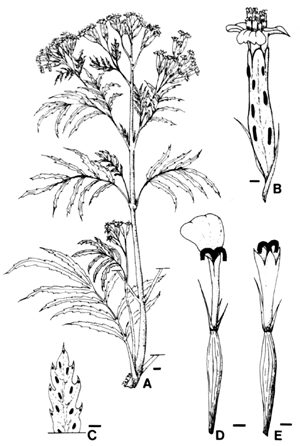Higher classification Marigold | Tribe Tageteae Rank Species | |
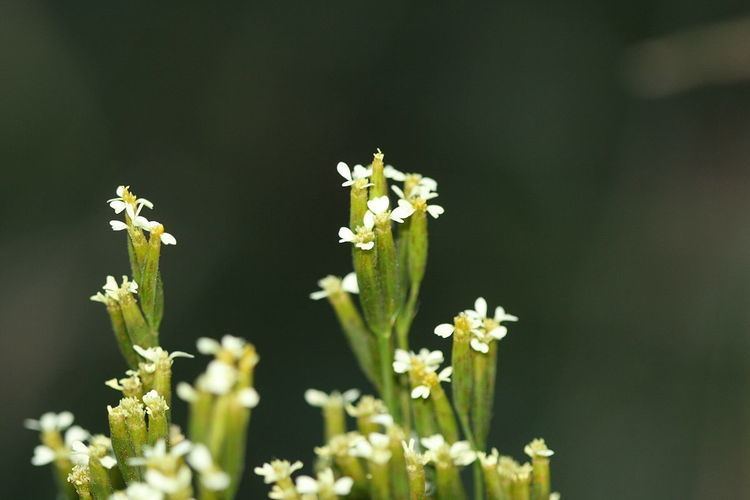 | ||
Similar Ocopa, Ají panca, Pachamanca, Papa a la Huancaína, Ají | ||
Tagetes minuta essential oil producer
Tagetes minuta has numerous local names that vary by region, most commonly found in the literature as; chinchilla, chiquilla, chilca, zuico, suico, or the Spanish term anisillo. Other names include muster John Henry, southern marigold, stinking roger wild marigold, or black mint, is a tall upright marigold plant from the genus Tagetes, with small flowers, native to the southern half of South America. Since Spanish colonization, it has been introduced around the world, and has become naturalized in Europe, Asia, Australasia, North America, and Africa.
Contents
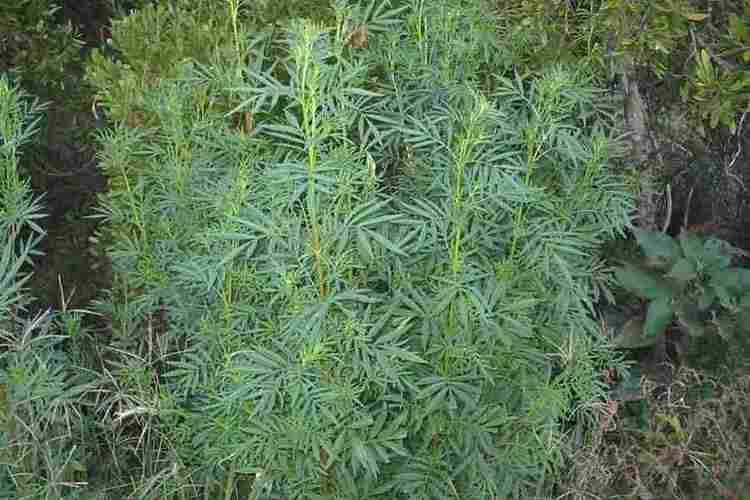
It is used as a culinary herb in Peru, Ecuador, and parts of Chile and Bolivia. It is called by the Quechua terms wakatay in Peru or wakataya in Bolivia. It is commonly sold in Latin grocery stores in a bottled, paste format as black mint paste.
Description
This species of marigold may grow to become from 0.6–2 meters tall.
Uses
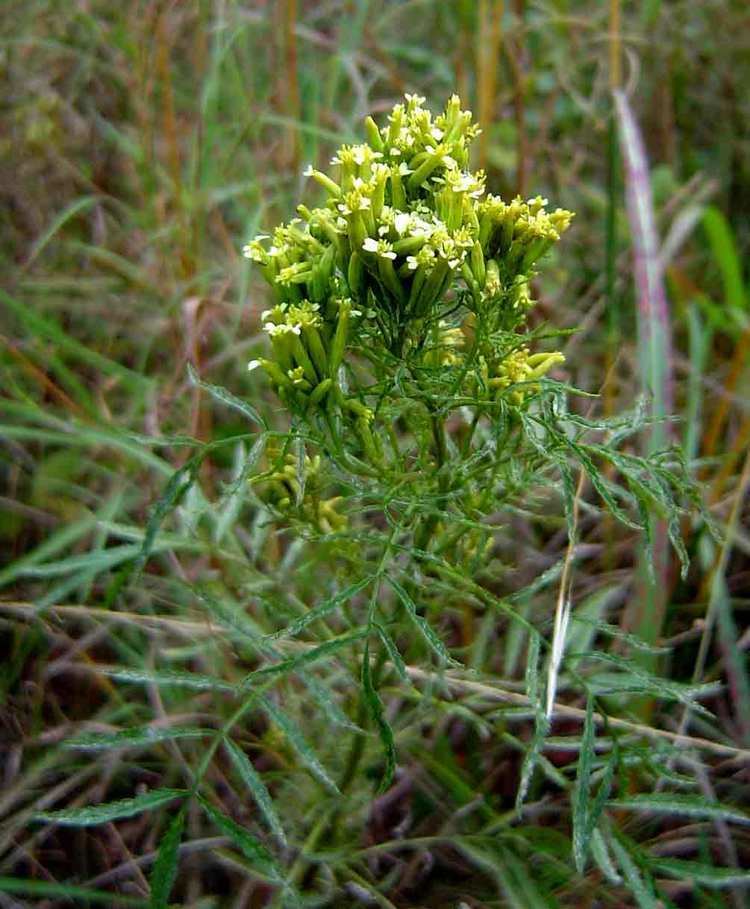
The New World peoples have been using Tagetes minuta as a flavorful beverage, a medicinal tea, and a condiment since pre-contact times.
The leaves when dried may be used as a seasoning.
Wakatay paste is used to make the popular Peruvian potato dish called ocopa''.
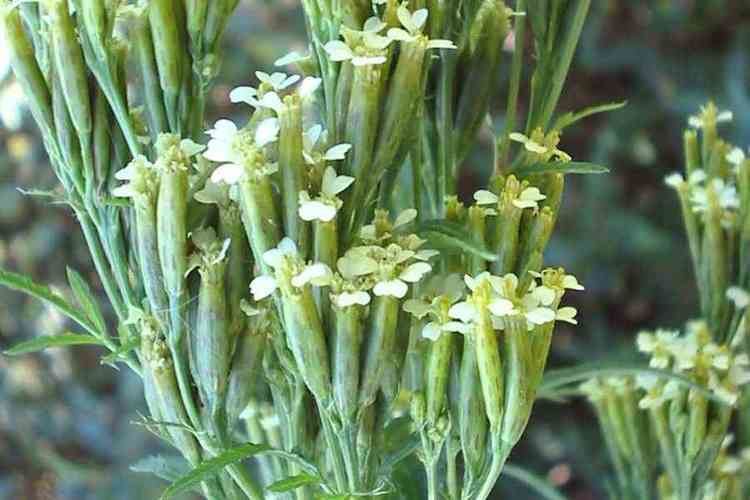
For some time people have used it as a flavorful herbal tea for medical benefits such as a remedy for the colds, respiratory inflammations, or stomach problems.
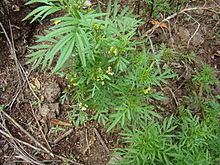
It can be used to produce an organic dye (known as Tamidye or TAMI dye) which was developed at Moi University in Kenya under the direction of R. K. Mibey.
Plants are harvested and "marigold oil" extracted for use in the perfume, tobacco, and soft drink industry.
Toxicity
The oils contained in the oil glands that are found throughout the above ground portions of the plant may cause irritation to the skin and in some cases are said to cause photodermatitis.
